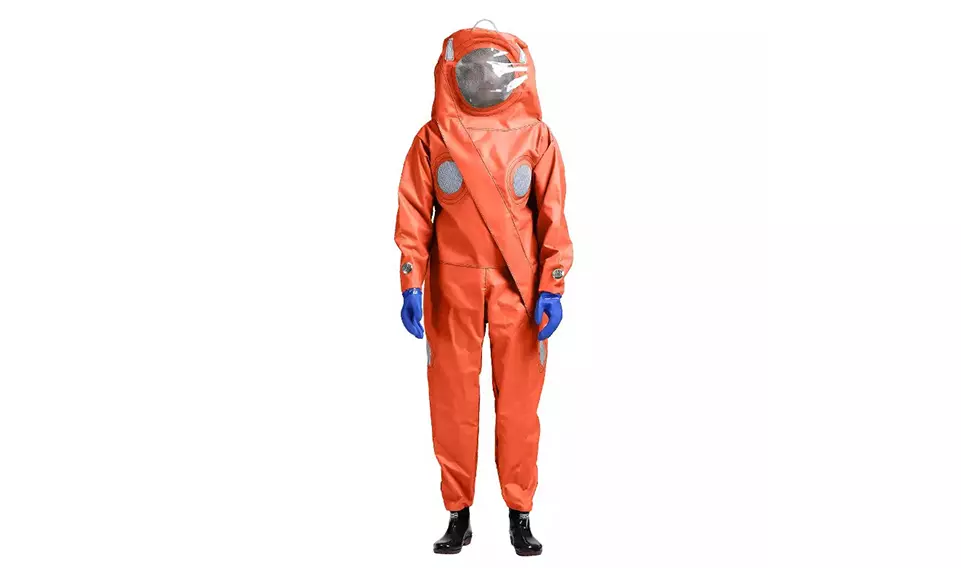
How to properly clean and disinfect firefighting bee protective suit
The correct cleaning and disinfection process of firefighting bee protective suits is essential to maintain their protective properties and extend their service life. The following is a series of detailed steps and precautions:
1. Preparation before cleaningCheck firefighting bee protective suit: Before cleaning, check whether the bee-proof suit is damaged or has open threads, etc., to ensure that it will not be further damaged during the cleaning process.
Prepare cleaning utensils: Prepare neutral detergent, disinfectant (if necessary), cleaning brush, rinse agent and enough clean water. Avoid using chemicals such as bleach and softener that may damage the material of the bee-proof suit.
2. Cleaning stepsRemove surface impurities: Use tools such as soft brushes or hair dryers to gently remove dust, stains and other impurities on the surface of the bee-proof suit, especially the cuffs, waist and collar, which are easy to get dirty.
Soaking and cleaning:
Put the bee-proof suit in cold water and add an appropriate amount of neutral detergent and disinfectant (as recommended in the instructions).
Soak for about 20 minutes to allow the detergent to fully penetrate and decompose the stains.
Note: Do not use hot water to avoid damaging the material of the bee-proof suit.
Gentle scrubbing: Gently scrub the bee-proof suit by hand, especially the heavily stained parts. Avoid using a brush or machine to scrub strongly to prevent damage to the material or affect the protective performance.
Rinse: Use clean water to rinse the bee-proof suit thoroughly until there is no residual detergent. An appropriate amount of rinse agent can be added during the rinsing process to improve the cleaning effect.
3. Disinfection and dryingDisinfection: According to the material of the bee-proof suit and the requirements of the instructions, choose a suitable disinfectant for disinfection. Note that the choice of disinfectant should avoid chemical reactions with the material of the bee-proof suit.
Drying: Hang the cleaned bee-proof suit in a ventilated and dry place to dry naturally. Avoid direct sunlight and high-temperature drying to prevent deformation or damage to the material.
If a low-temperature dryer is used, the temperature should be controlled below 35°C.
4. Subsequent processingInspection and sorting: After the bee-proof suit is dried, carefully check whether there are stains or damages that have not been cleaned. If necessary, repair or replace it.
Storage: Store the cleaned and disinfected bee-proof suit in a ventilated, dry and clean warehouse. It is best to hang it vertically and avoid contact with corrosive substances and heat sources.
5. PrecautionsProfessional cleaning: For particularly dirty or difficult to clean bee-proof suits, it is recommended to send them to a professional cleaning shop or manufacturer for cleaning and disinfection.
Regular cleaning: Clean and disinfect the bee-proof suit regularly according to the usage to maintain its cleanliness and protective performance.
Personal protection: During the cleaning and disinfection process, wear personal protective equipment such as gloves, masks, etc. to prevent chemicals from causing damage to the skin and respiratory tract.
By following the above steps and precautions, you can ensure that the firefighting bee protective suit is properly cleaned and disinfected, thereby maintaining its good protective performance and extending its service life.












